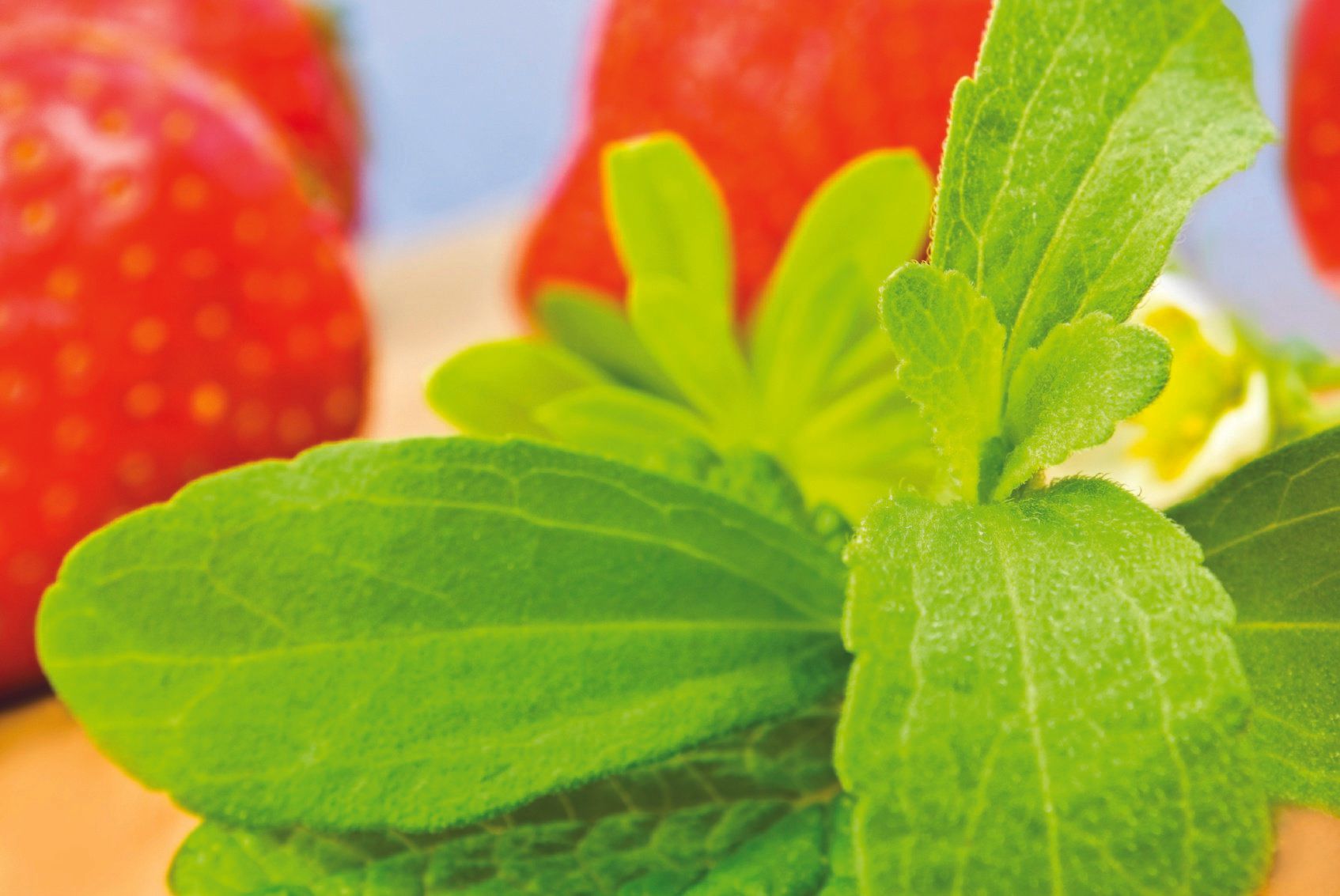Last Bite: Flavor-Masking Stevia
As manufacturers and consumers begin flocking towards stevia, masking that bitterness with natural flavors appears to be the most pragmatic approach.

With the obesity “epidemic” surging in the United States, sugars are shaking in their boots. Much of the industry now suspects that stevia (Stevia rebaudiana) could satisfy the sweet tooth without the risk of weight gain. But stevia has a bitter side-literally. The plant comes with bitter notes most often described as a licorice off-taste. At the moment, initiatives to further purify the actual stevia leaf, and hopefully eliminate its bitterness, are still in their infant stages. As manufacturers and consumers begin flocking towards stevia, masking that bitterness with natural flavors appears to be the most pragmatic approach.
If you were to manufacture a sugar-reduced product without natural flavoring, your options for bitterness masking might be adding a chemical sweetener, adding back some sugar (carbohydrates can interfere with the tongue’s ability to detect bitterness), or adding other flavors.
But Paulette Haber, director of marketing communication and research at Virginia Dare (Brooklyn, NY), warns that “over-flavoring can create harsh tastes and is expensive to do. When reaching out to a food or beverage technologist, it’s important to do so early so we can mask the base before too much flavor is added.” Virginia Dare has focused on flavoring for nearly 100 years.
“The object of using any alternative sweetener is to come as close as you can to sucrose, the standard for most consumers,” adds Anton Angelich, Virginia Dare group vice president of marketing. “The sweet taste of sucrose curtails pretty quickly after tasting. Alternative sweeteners such as stevia have a different time-taste profile than sucrose and tend to have a lingering sweetness perception. Flavor companies like Virginia Dare use their flavor-masking compounds to both effectively curtail lingering sweetness and to mask the bitter notes inherent to stevia, without delivering any [additional] characterizing flavor. This application creates a neutral base that a flavor chemist can build upon to create a desirable, balanced, characterized, true-to-nature flavor with an optimized sucrose-like sweetness.”
“Berry flavors work very well in covering up the bitterness of stevia,” says Agneta Weisz, vice president of flavors and technology for Comax Flavors (Melville, NY). “Meanwhile, a creamy vanilla flavor can round out and cover up any aftertaste. Citrus flavors are another grouping that is well-suited for stevia-sweetened products.”
An experienced flavor technologist also knows which flavors may actually enable bitterness.
“Suppose you want a cherry-flavored product, but with other ingredients in your product, cherry may make that bitterness more pronounced,” says Haber. “With our history of flavor service, we would know to steer you away from one cherry flavor and suggest a different kind of cherry-perhaps a black cherry or a creamy cherry.”
The whole process of choosing the right flavors is further complicated by the type of stevia you are provided with.
“The purity (or percentage of Rebaudioside A in stevia) can influence the bitter profile,” says Jim Shepherd, director of beverage solutions at Sensient Flavors LLC (Indianapolis). “In addition, different sources and processing regimes deliver stevia with unique bitter profiles.” Sensient offers Smoothenol technology, a multi-faceted flavor system for blocking various forms of bitterness.
Another concern is mouthfeel, which can take on dramatic changes when sugar is removed. Comax Flavors claims its stevia-masking technology can add it back.
When the time comes to develop a stevia-sweetened product, it’s best to look to flavor experts. The difference in taste can be significant and at the cost of adding just two clean words to your back-of-product ingredient label: natural flavors.
The Nutritional Outlook Podcast Episode 36: Best of the Industry Service Provider, Radicle Science
December 26th 2024Nutritional Outlook's managing editor, Sebastian Krawiec, interviews Radicle Science co-founders, Pelin Thorogood and Jeff Chen, MD. Radicle Science has been selected as this year's Best of the Industry, Service Provider.
Hard to compete with horseradish
January 10th 2025Fun fact! Horseradish can be difficult to eradicate once it’s established. This is because the smallest piece of root can grow a new plant. Additionally, the plant spreads by underground shoots that out-compete most other plants which means horseradish can become invasive if not maintained.